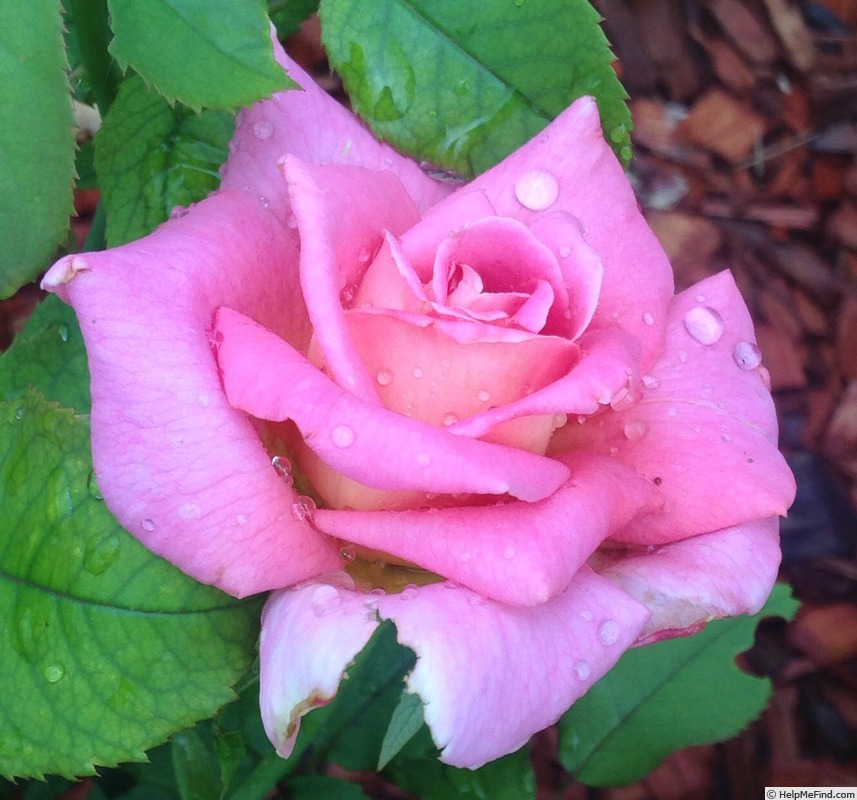|
|
'Tiffany' rose Description

Photo courtesy of Nana2022
HMF Ratings:
136 favorite votes.
Average rating:
EXCELLENT-.
ARS:
Pink blend Hybrid Tea.
Registration name: Tiffany (hybrid tea, Lindquist, 1953)
Exhibition name: Tiffany
Bloom:
Rose-pink, yellow undertones, salmon-pink shading. Strong, fruity, lemon, rose fragrance. 25 to 30 petals. Average diameter 4.75". Very large, very double, borne mostly solitary, high-centered bloom form. Blooms in flushes throughout the season.
Habit:
Height: 3' to 4' (90 to 120cm). Width: 2' (60cm).
Growing:
USDA zone 7b and warmer. Can be used for cut flower or garden. Blooms tend to ball in wet weather. Remove spent blooms to encourage re-bloom. Spring Pruning: Remove old canes and dead or diseased wood and cut back canes that cross. In warmer climates, cut back the remaining canes by about one-third. In colder areas, you'll probably find you'll have to prune a little more than that. Remove old canes and dead or diseased wood.. Requires spring freeze protection (see glossary - Spring freeze protection) .
|